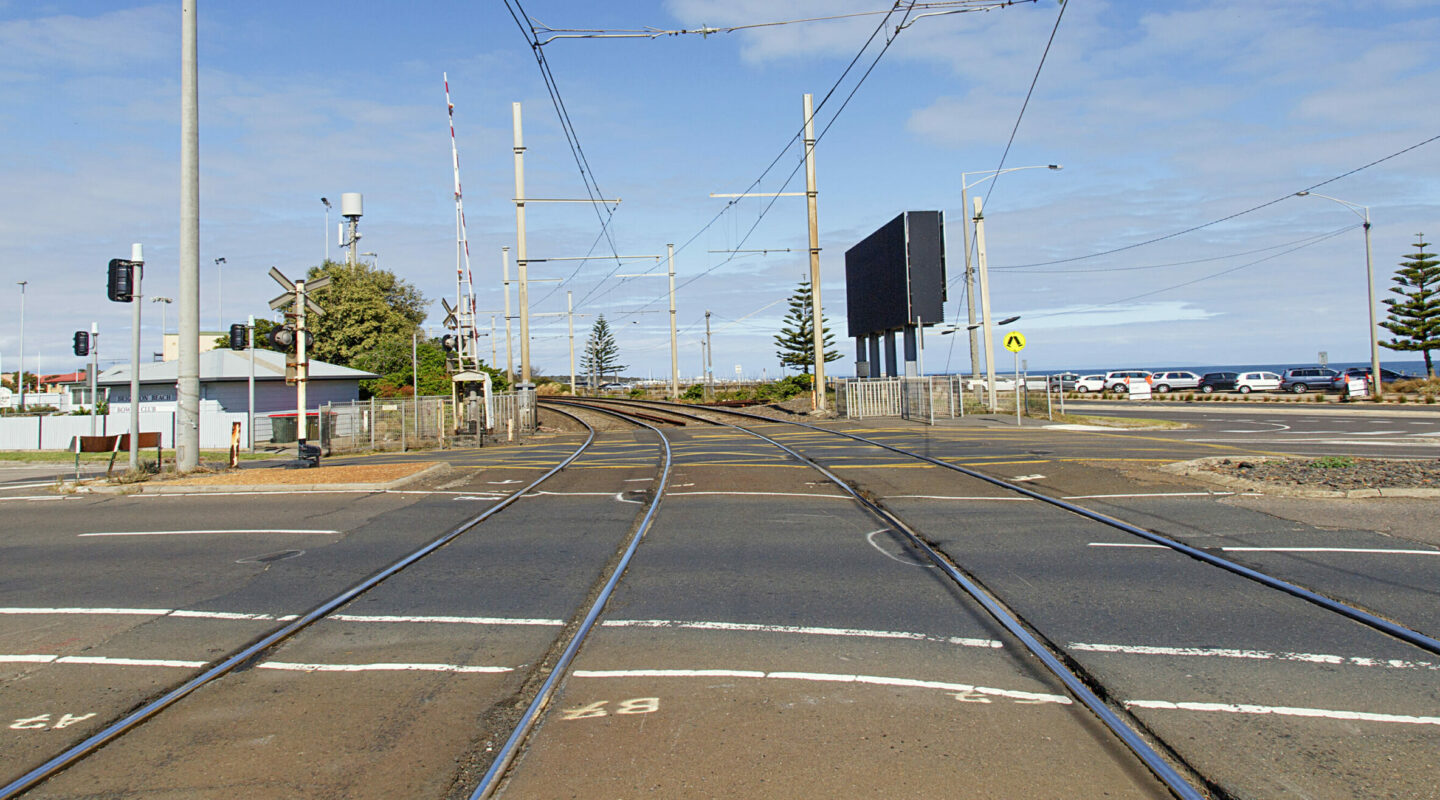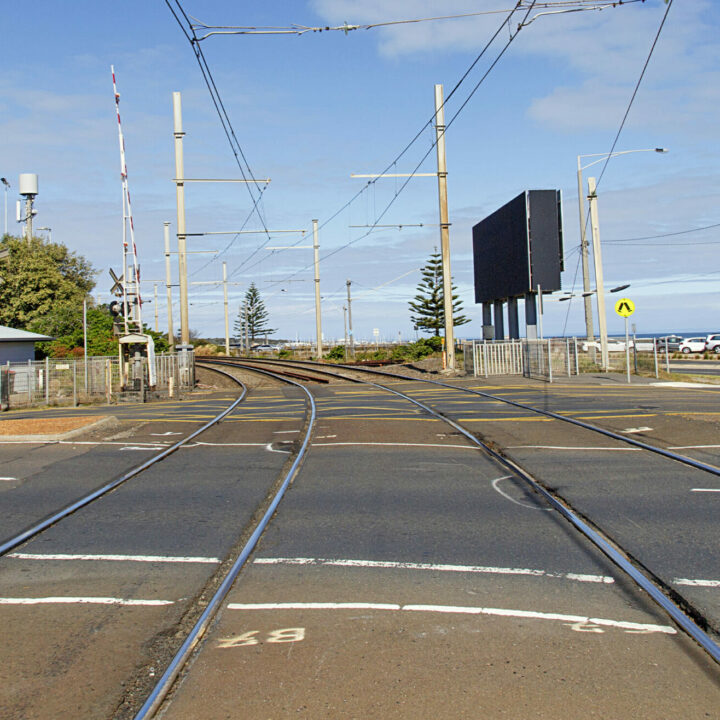ProjectLevel Crossing Removal Project

Throughout 2017, TSA Riley provided strategic transport planning advice for the Level Crossing Removal Project (LXRP). TSA Riley supported the project to deliver a prioritisation framework that assessed the need for removal of the remaining level crossings across Melbourne’s metropolitan and regional commuter rail networks.
The team consulted with a range of government stakeholders from transport and planning departments, via a series of workshops and ‘internal challenge’ sessions. This enabled the team to understand the issues related to level crossings and the factors driving the case for their removal.

A prioritisation framework was developed, based on the following four principles:
- Movement (across the network) – sites where excessive delay and unreliability caused by high train frequencies have a broad economic impact.
- Place (local access) – sites where high train frequencies significantly limits connectivity between communities and impedes access to important facilities.
- Safety (incidents and risks) – sites with a record of incidents or a high risk of incidents.
- Delivery (efficiency) – sites where there is an opportunity to increase investment efficiency and minimise disruption impacts on the community and businesses.
As part of the development of the framework, the team applied Department of Transport’s (DoT) ‘Movement and Place in Victoria’ guidelines to define and rate factors considered important at each level crossing location. Factors included: the amount of traffic, the number of trains in the morning peak and the importance of access of local services, education and shopping.
TSA Riley acquired five years of safety and incident data from the Office of the National Rail Safety Regulator (ONRSR) to assess the safety trends and risk. TSA Riley directed LRXP’s technical advisor to assess the efficiency of level crossing removals in relation to site proximity, adjacency and corridor service disruption. Stakeholder consultation was undertaken across all parts of government to justify the process and decisions that were made.
Detailed materials prepared by the team to support this engagement included technical notes explaining the impact of boom gate closures and assessment of the risk of increased exposure to traffic and trains at level crossings. This was done using the Australian Level Crossing Assessment Model (ALCAM).
Our services culminated in the public release of the document 'Prioritising Future Level Crossing Removals: Site Prioritisation Framework' and the allocation of AUD$6.6b, in the 2019 / 20 state budget, for 25 additional level crossings to be removed by 2025. This investment will help improve operation on the rail network, cut traffic congestion and make Victorian communities safer.
